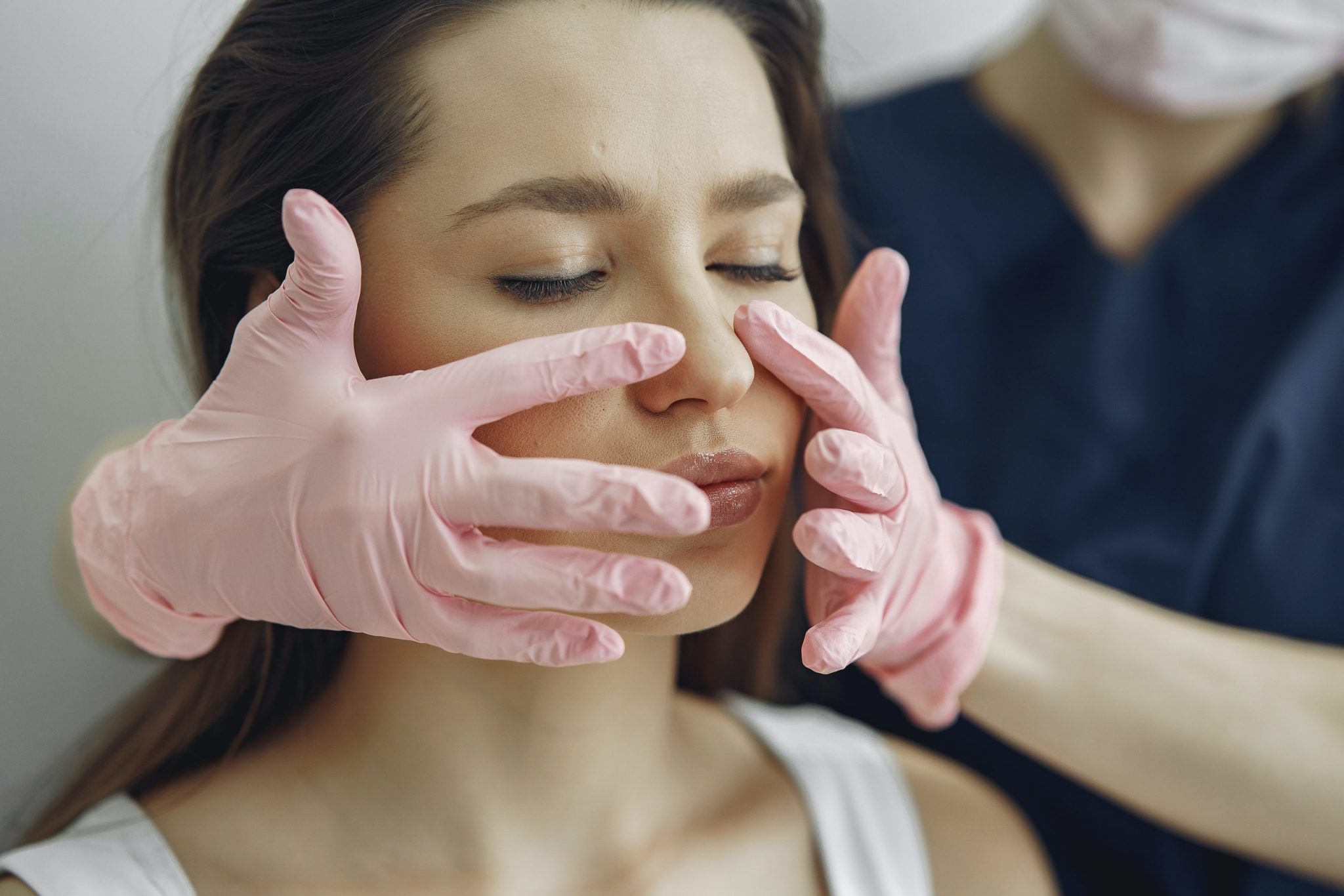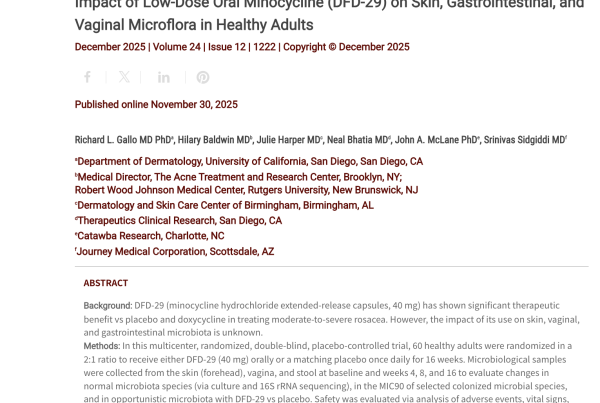Featured Article

A survey was conducted at a single dermatology center to determine if there was an increased trend in cosmetic procedures in patients with moderate to severe psoriasis who attained 75% or greater reduction of the body surface area (BSA) with biologic agents and oral systemic therapies, and if this was related to an improvement in quality of life following psoriasis clearance.
A survey was conducted at a single dermatology center to determine if there was an increased trend in cosmetic procedures in patients with moderate to severe psoriasis who attained 75% or greater reduction of the body surface area (BSA) with biologic agents and oral systemic therapies, and if this was related to an improvement in quality of life following psoriasis clearance.
Psoriasis is a chronic skin condition with a negative impact on patient quality of life. The National Psoriasis Foundation states that an acceptable response to psoriasis treatment is at least a 75% reduction in body surface area (BSA) at 3 months after initiation of treatment.
This reduction in BSA has been associated with improvement in quality of life, with clearance rates of clear to almost clear leading to an even greater improvement in quality of life.2,3 To date, there have been no studies examining the relationship between improvement in quality of life following a reduction in BSA, and the increased utilization of cosmetic procedures. Here, we examine the relationship between quality of life and the use of various cosmetic procedures in patients treated for psoriasis with systemic and biologic therapies who achieved at least 75% reduction in BSA.
This was a retrospective study assessing quality of life and the use of cosmetic procedures in psoriasis patients after attaining a75% or greater reduction of the body surface area with biologic agents only, systemic agents only, or a combination of both. This study was conducted according to the ethical guidelines of the 1975 Declaration of Helsinki. All patients provided informed consent.
You May Also Like









